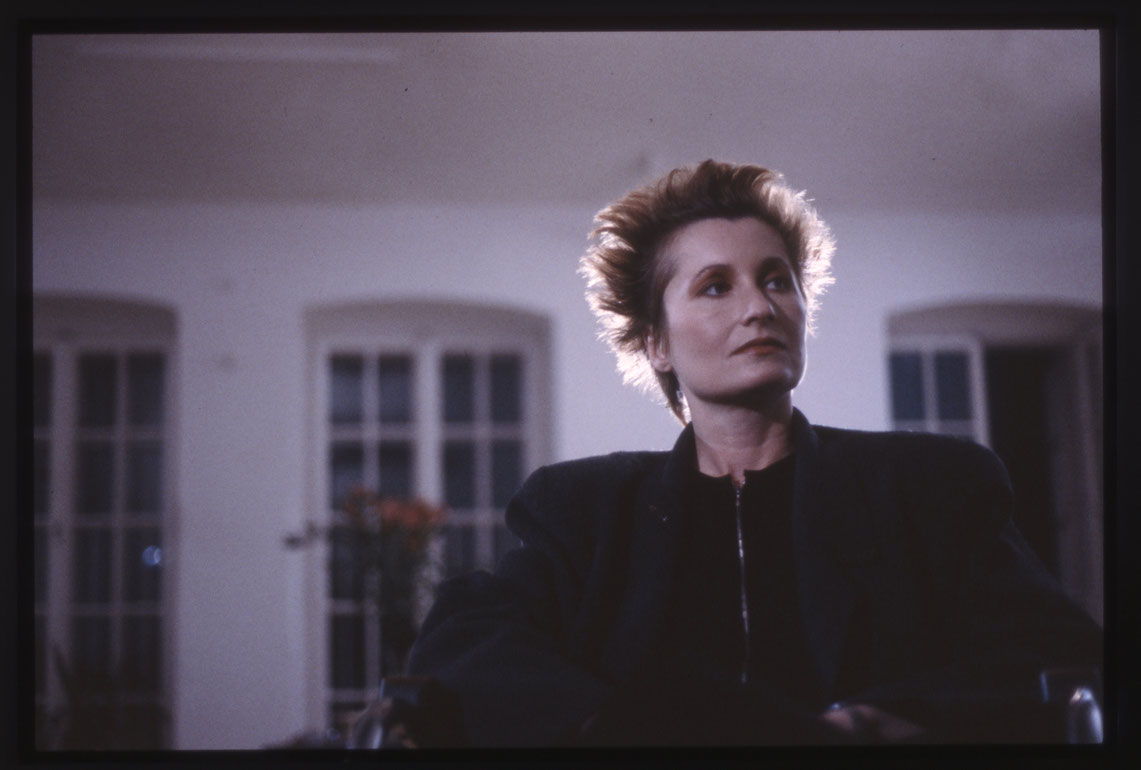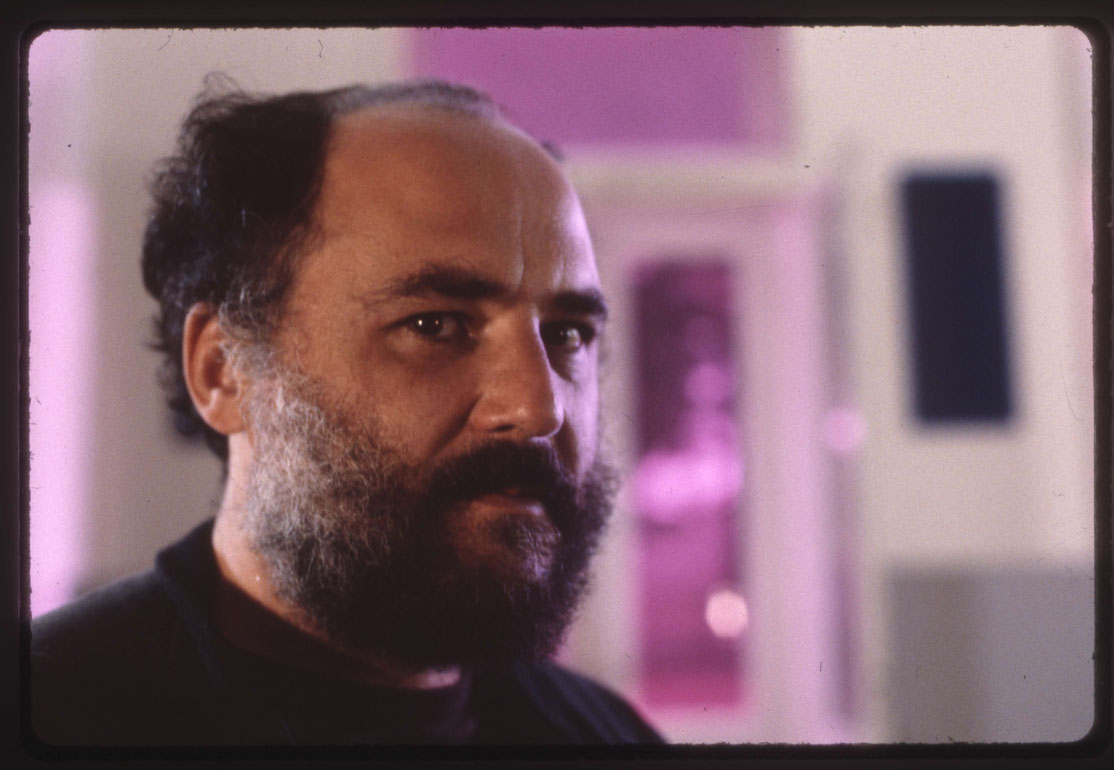What the Night speaks - a Story
original film from 1986 / recut by Hans Scheugl 2024
The title of the film promises a story. But it is not only what is told, it is also the process of the telling which is important. This process results from the interaction of several planes of narration. An experiment known in the history of film should make the method clear. Lev Kuleshow edited a shot of a pensively gazing actor together with shots of a half-naked woman, a child´s coffin as well as other shots, so that each of these different combinations produced a different impression of the man. What was primarily a psychological experiment for Kuleshow also contains essentially the form of film narration that I intended. It consists however not in the montage of single shots but rather in a montage of plots which have nothing to do with each other. They are interwoven, thus creating another plane of narration which emerges originally through the montage but ultimately adopts its variable form only in the mind of the viewer.
Two women who speak to each other in an artificial language, working men in a pub who speak dialect, patients of a psychiatric hospital who express themselves through improvisation - all of these diverging portrayals communicate not by interlocking but by touching each other. Communication as closeness.
The disparity does not only dominate as a formal principle between the scenes but also in the context within the scenes as isolation and decay, as dream and ardent desire. When in the midst of chaos a flash of unexpected harmony and order bursts forth for even an instant, it creates poetry in art and assures moments of survival for the isolated individuals.
All of the seperate strands of the tale lead into the night - whereby we do not think of the time of day so much as of a state of mind. Just as the night isolates everything and in its isolation intensifies and accentuates it, the night also links and covers everything up in the same manner. Benighted by the night, it shows what it conceals. (H.S.)
Was die Nacht spricht (Critique)
"Was die Nacht spricht" lädt den/die Betrachter/in dazu ein, drei nächtliche Handlungsstränge, die miteinander nichts zu tun haben, selbst zusammenzuführen:
1) Zwei Frauen versuchen, ihre schwierige Beziehung zueinander zu analysieren. Kunstsprache. Text: Elfriede Jelinek, die auch eine der beiden Rollen übernahm. Zwischen den Protagonistinnen eine zweite vertikale Bildebene, die das Zimmer teilt. Stadt bei Nacht/U-Bahn-Passage/Kornfeld
2) Wirtshausrunde. Ein alter Mann erzählt von einer Winzerfamilie in Nussdorf. Arbeiter hören gelegentlich hin, sprechen durcheinander, trinken.
3) Psychiatrisches Krankenhaus Baumgartner Höhe. Patienten agieren in zum Teil selbst verfassten Monologen und Spielszenen. Als Vorbereitung diente ein sechswöchiger Workshop mit Nika Brettschneider, in dem die Teilnehmer ihre kreativen Fähigkeiten ohne Beobachter erprobten.
Hans Scheugl nimmt die Patienten ernst, missbraucht sie keine Sekunde lang als Freaks. Sie gehen spielerisch miteinander um, entwickeln manchmal sogar ironische Distanz.
Das Spannende in "Was die Nacht spricht" steckt weniger zwischen den Handlungssträngen als zwischen den Worten der Patienten. Womit sich der Kreis schließt: das Paradoxe wird selbstverständlich, das Wirre klar, was im Dunkeln war, rückt ans Licht. Zwei-, dreimal schneidet Scheugl auf fremdartig beleuchtete Menschenfiguren im Garten so künstlich und doch so real wie die nächtlichen Angreifer in George Romeros "Night of the Living Dead".
Christian Cargnelli, Falter 40/1987, Wien
Was die Nacht spricht - eine Erzählung
1986 - 2025
Austria
60 min


